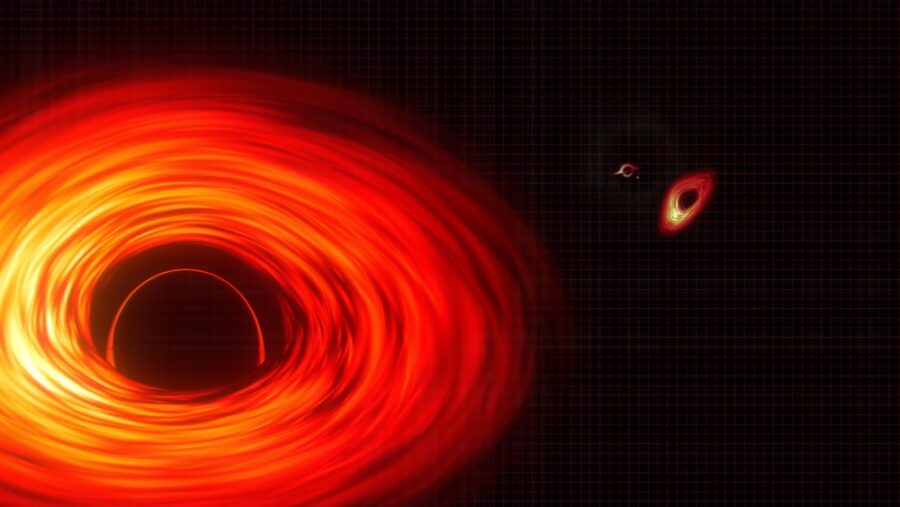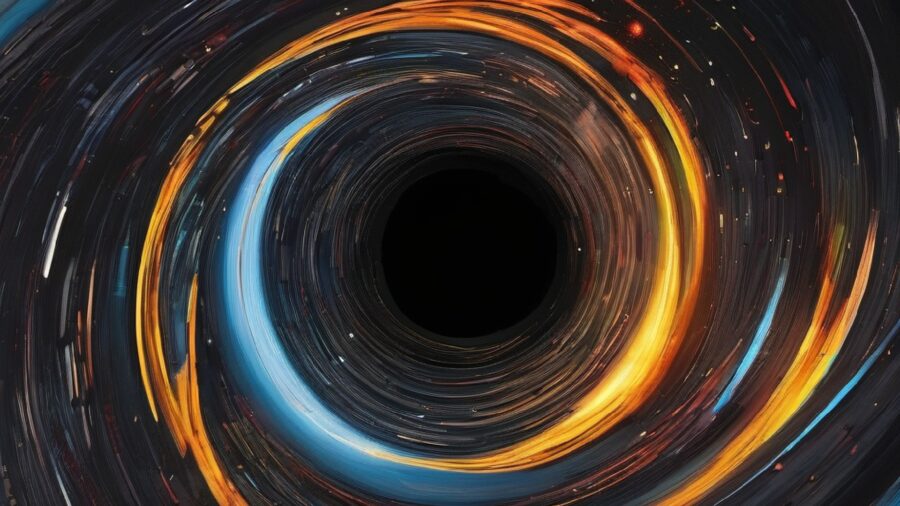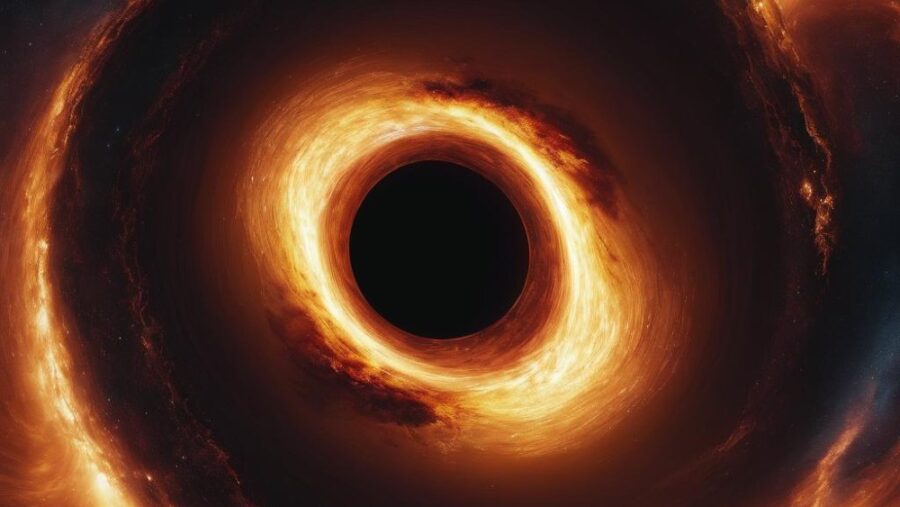Help Scientists Discover New Black Holes From Your Phone

Researchers are enlisting the help of citizen scientists to track down black holes from their phones. If you’re looking for something to do while you’re bored standing in line, rather than crushing candies, you can now help to develop a better understanding of our universe using the Black Hole Finder app. Because of the vastness of space, astronomers are crowdsourcing their data analysis to ordinary people with an interest in space, and there’s an app for that now.
There’s An App For That

The Dutch Black Hole Consortium developed the Black Hole Finder app because it turns out humans can still recognize black holes with more accuracy than algorithms can. However, the sheer volume of images that need to be analyzed for the presence or absence of black holes means that researchers on their own would never be able to sift through all the photos themselves. Accessing volunteers from the public is a way to process thousands of images in a shorter amount of time.
Trains You To Identify Black Holes

The way that Black Hole Finder works is that it will first instruct the user on what to look for when identifying black holes from photos taken by telescopes. Once you learn what to look for, you will move on to identifying black holes, being shown three images and asked to determine whether they represent a genuine black hole or a false one. If you’re unsure, you can skip identification, and all the data you analyze will help train AI to continue in the identification process in the future.
Images From A Massive Telescope

The images for black hole identification are sourced from the BlackGEM telescope array in Chile, where the night sky is systematically recorded to a video feed. The images captured by the camera can be converted to still photographs to search for black holes. This array is specifically used to capture the optical emissions from merging neutron stars and black holes, allowing researchers to identify black holes in our universe using the Black Hole Finder app.
Breaking Through The Noise

Astronomers are looking for the signals from the creation of black holes that result from the collision of neutron stars. These signals are known as kilonova explosions, emitting visible light that can be seen in images gathered by the telescope array.
There are many false readings of kilonovas caused by light sources not originating from the collision of neutron stars, like signals from light bouncing off of satellites, for instance, so the Black Hole Finder app can help to distinguish genuine from false kilonova readings.
An App Usable Around The World

In addition to English, the app can be used in Dutch, Chinese, Spanish, Polish, German, Bengali, and Italian, allowing citizen scientists from much of the world to participate in the black hole identification project. You can find the app on Apple and Google Play, and there’s also a web-based version if you prefer to work from a computer. Your black hole identifications will be used to train an AI system to more effectively identify black holes and more rapidly map them throughout the universe.
Source: Quantum Universe











